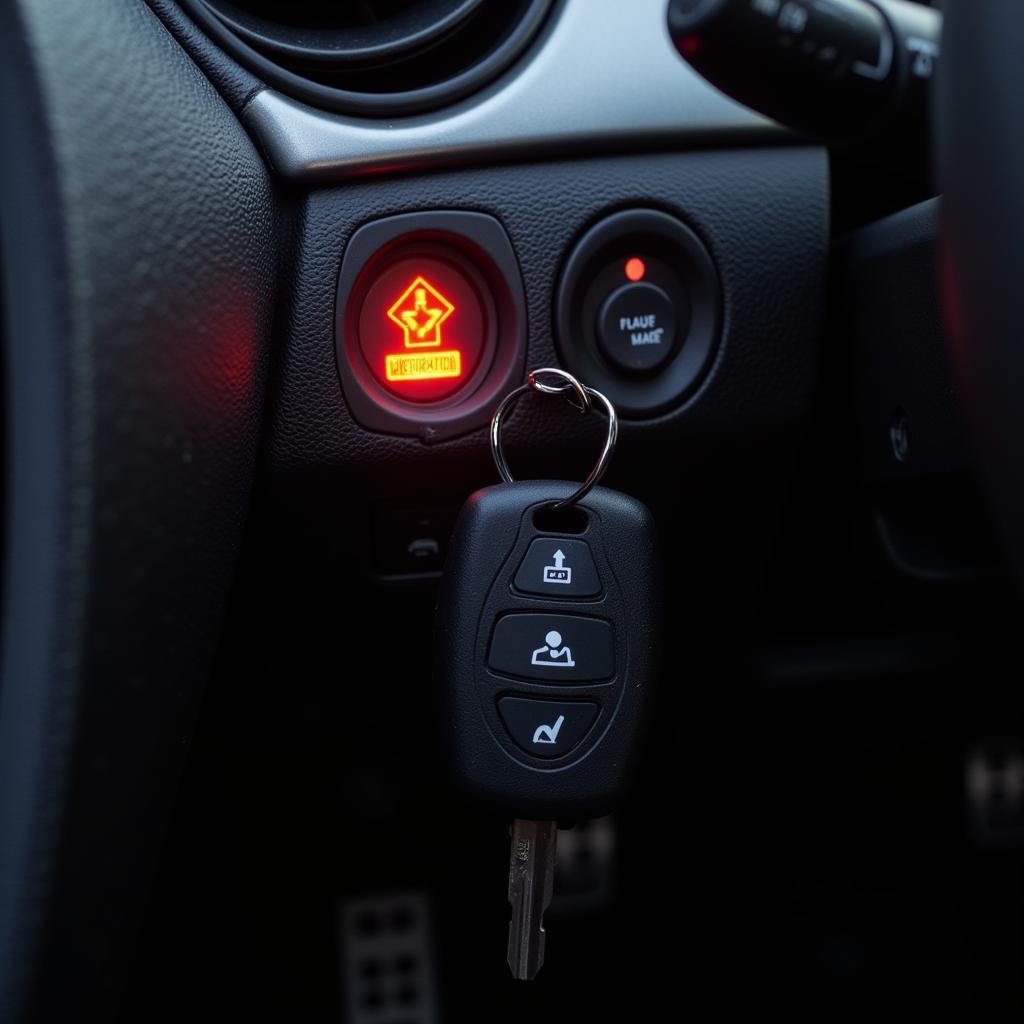Want to upgrade your BMW F30’s headlights to modern LED units? You’re in for a treat! While swapping out the halogen headlights for LED is a popular upgrade, it often requires some additional coding to make everything work properly. This guide covers everything you need to know about F30 LED headlight retrofit coding, from the basics to advanced techniques.
Understanding the Need for Coding
Before we dive into the details, let’s understand why LED headlight retrofit coding is necessary. The F30’s electrical system is designed specifically for halogen headlights. When you install LED units, you’re introducing new components with different electrical characteristics. Without proper coding, you may encounter issues such as:
- Error messages on the dashboard: The car’s computer system might detect the new LED lights as faulty or malfunctioning.
- Dim or flickering headlights: The LED lights might not receive the correct voltage or current, resulting in reduced brightness or intermittent flickering.
- Incorrect operation of the auto-leveling system: The car’s auto-leveling system relies on the halogen bulbs’ resistance to adjust the headlight angle. LED bulbs have a much lower resistance, potentially causing issues with leveling.
The Coding Process: Step-by-Step Guide
Here’s a detailed breakdown of the coding process for F30 LED headlight retrofits:
- Gather Your Tools: You’ll need a reliable OBD2 (On-Board Diagnostics 2) scanner, a laptop, and the appropriate software.
- Identify Your Car’s VIN: This is crucial for selecting the correct coding modules and software.
- Choose the Right Software: Several software options are available for coding BMW vehicles. Popular choices include:
- Bimmercode: A user-friendly mobile app with a subscription-based model.
- ESYS: A more advanced professional-level software requiring technical expertise.
- NCS Expert: A classic tool for coding BMWs, known for its extensive capabilities but steeper learning curve.
- Connect Your Scanner: Connect the OBD2 scanner to your car’s diagnostic port.
- Launch the Coding Software: Open the chosen software on your laptop and follow the prompts to connect to your car.
- Locate the Relevant Coding Modules: The specific modules responsible for headlight control vary depending on your car’s model year and configuration. Common modules include:
- FRM (Front Electronic Module): Controls the headlight functions.
- FEM (Front Electronic Module): Found in newer F30 models, responsible for the electrical system, including headlights.
- KAFAS (Camera-based Driving Assistance System): Plays a role in headlight control and adaptive functions.
- Make Necessary Changes: The specific coding changes required for LED headlights vary depending on your chosen software and your car’s configuration.
- Save and Test: Once you’ve made the desired changes, save your coding modifications and test your headlights.
Troubleshooting Common Issues
- Error Messages: If you encounter errors after coding, carefully check your coding process. Ensure you’ve selected the correct coding modules and values.
- Dim or Flickering Headlights: Double-check the wiring and connections for the LED headlights. Ensure they are properly connected and securely fastened.
- Auto-Leveling Problems: If the auto-leveling system is not functioning correctly, consider adjusting the coding for the KAFAS module.
Expert Insights from Michael, BMW Technician
“Coding is essential for LED headlight retrofits in BMW F30s. It’s not just about making the lights work; it’s about ensuring they function safely and efficiently. Always double-check your coding changes and test thoroughly before driving.”
“When in doubt, consult a qualified technician or a BMW specialist. They can provide expert guidance and help you avoid potential complications.”
FAQ
Q: Is it safe to code LED headlights myself?
A: Coding can be done safely with proper knowledge and caution. Always consult the software’s documentation and follow best practices.
Q: Can I reverse the coding if I’m not satisfied?
A: Yes, most coding software allows you to revert to the original settings.
Q: Are there any specific coding values for LED headlights in F30 models?
A: The specific values vary depending on the year and model of your F30. Consult online forums or a specialized BMW coding community for guidance.
Q: Can I code any LED headlight unit into my F30?
A: Not all LED units will be compatible. Some might require additional modifications or custom coding.
Q: What if I’m not comfortable with coding?
A: You can always seek professional assistance from a BMW specialist or a qualified mechanic.
Conclusion
Coding your F30’s LED headlight retrofit is a rewarding experience, enhancing both the functionality and aesthetics of your car. By following this comprehensive guide and consulting available resources, you can confidently make the necessary adjustments and enjoy the benefits of upgraded LED headlights.

